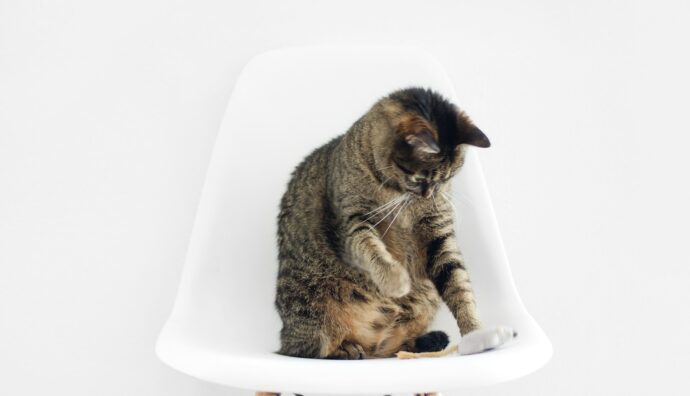Entire generations have grown up watching Tom & Jerry.
Then, in 1988, Matt Groening introduced a…cartoon within a cartoon. On TV, the Simpsons watch “The Itchy & Scratchy Show“.
After almost fifty years of being lulled by Tom chasing Jerry and Jerry always getting away, we were stunned when we first saw Itchy and Scratchy beating each other, with the absurd, imaginative, and sadistic violence that Itchy exacts on its rival. It felt like an epic innovation.
It’s a kind of humor that isn’t for everyone, yet there is something brilliant about it. Audiences quickly get used to the new, so the standard for Itchy and Scratchy episodes became pure, unfiltered sadism-making explicit what had always been a veiled intention of Jerry’s:
But, as we said, not everyone enjoys watching a cat and a mouse continually beating each other up. And so it happens that Itchy and Scratchy rather than their usual brawling, replace blows with kindness, sharing, and love:
The trippy eyes, the affection, and the displays of endearment between cat and mouse disappoint an audience accustomed to just one perspective and just one narrative: a cat and a mouse fighting.
What does this have to do with Aikido and Martial Arts?
Well, a lot…
It sometimes feels as though, rather than living the discipline, we’re just living the narrative of it and becoming characters in a story.
A story that’s often told only through the lens of blows exchanged between a Ikky who always gets pummeled and a Scrakyu forever proud of its sweat-soaked gi.
It’s a story so rigid and immutable that when someone tries to introduce empathy, sharing, and -boom!- love into the mix, it generates confusion and discomfort.
And besides, sometimes it seems that…the trippy eyes, affection, and endearment between nage and uke are nothing more than counter-narratives, a way of putting on the costume of the “good” or “empathetic” character.
Entire generations now have grown up looking East. Sometimes, they see a story within a story on the tatami screen. A parallel world.
Other times, they find the courage to become more than just a character in a story and go beyond.
Which, in the end, is what the founders of modern Budo did.
Disclaimer: Foto by Sarah Dorweiler from Unsplash

